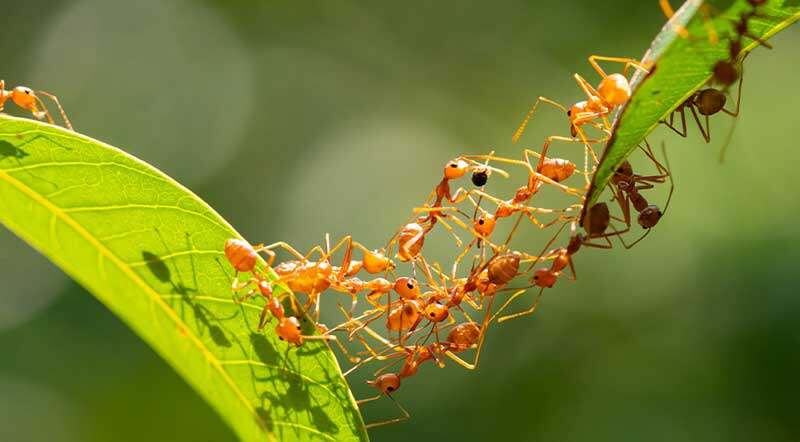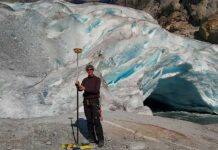Ants appear to be everywhere but have you ever wondered how many there are on the planet?


“From the Saharan desert to the Amazonian rainforest and even our kitchen floors, we have 20 quadrillion ants to thank for keeping the planet clean and healthy.”
-Dr Mark Wong, UWA Forrest Fellow
A new study by a team of scientists from Australia, Germany and Hong Kong analysed data from nearly 500 studies that collected ants in different habitats worldwide.
The findings, published in the Proceedings of the National Academy of Sciences, reported the first empirical estimate of the total number of ants on Earth: 20 quadrillion.
Dr Mark Wong, a Forrest Fellow from the School of Biological Sciences at The University of Western Australia, said the world’s ants collectively comprise about 12 megatons of dry carbon – an amount that exceeds the biomass of all the world’s wild birds and mammals combined, and which is equivalent to about a fifth of the total biomass of humans.


“We found that there are literally tons of ants on Earth, which really underscores their ecological value,” Dr Wong said.
“Not only are ants manifold in number, but also in their ecological roles. They are prey for some animals, predators of many others and are especially important as seed dispersers, soil churners and scavengers.
“From the Saharan desert to the Amazonian rainforest and even our kitchen floors, we have 20 quadrillion ants to thank for keeping the planet clean and healthy.”
The findings highlighted the importance of ants and the need to better understand how they respond to environmental change.
“Our results show that the numbers of ants are highest in the tropics, which include areas facing some of the strongest pressures from human disturbances and environmental change,” Dr Wong said.
“Ants provide key ecological services – not only in natural systems but also in our farms, plantations, parks and cities — so it is in our best interest to monitor populations and investigate how they are responding to warming climates as well as other phenomena such as chemical pollution and the spread of invasive species.”








































